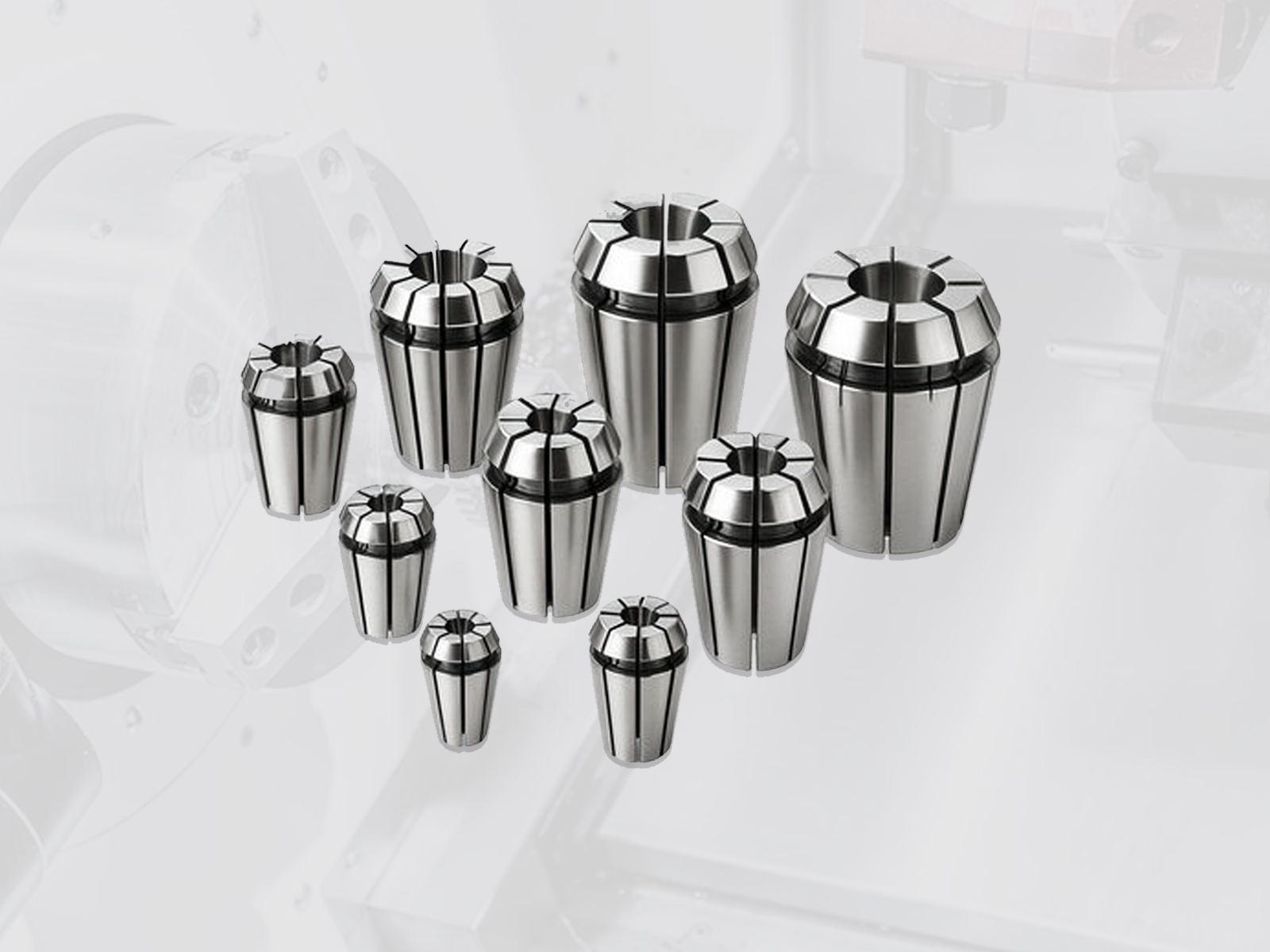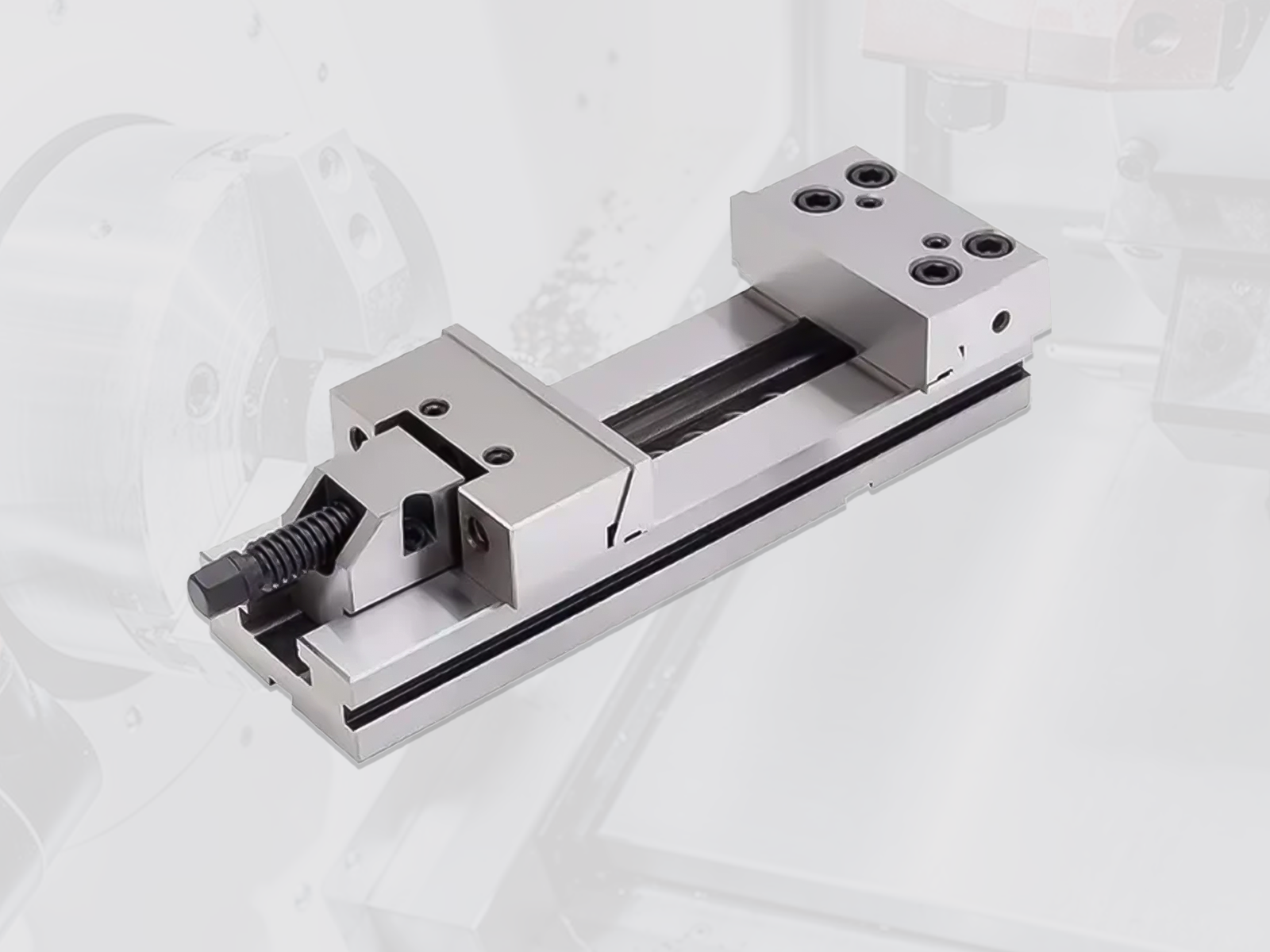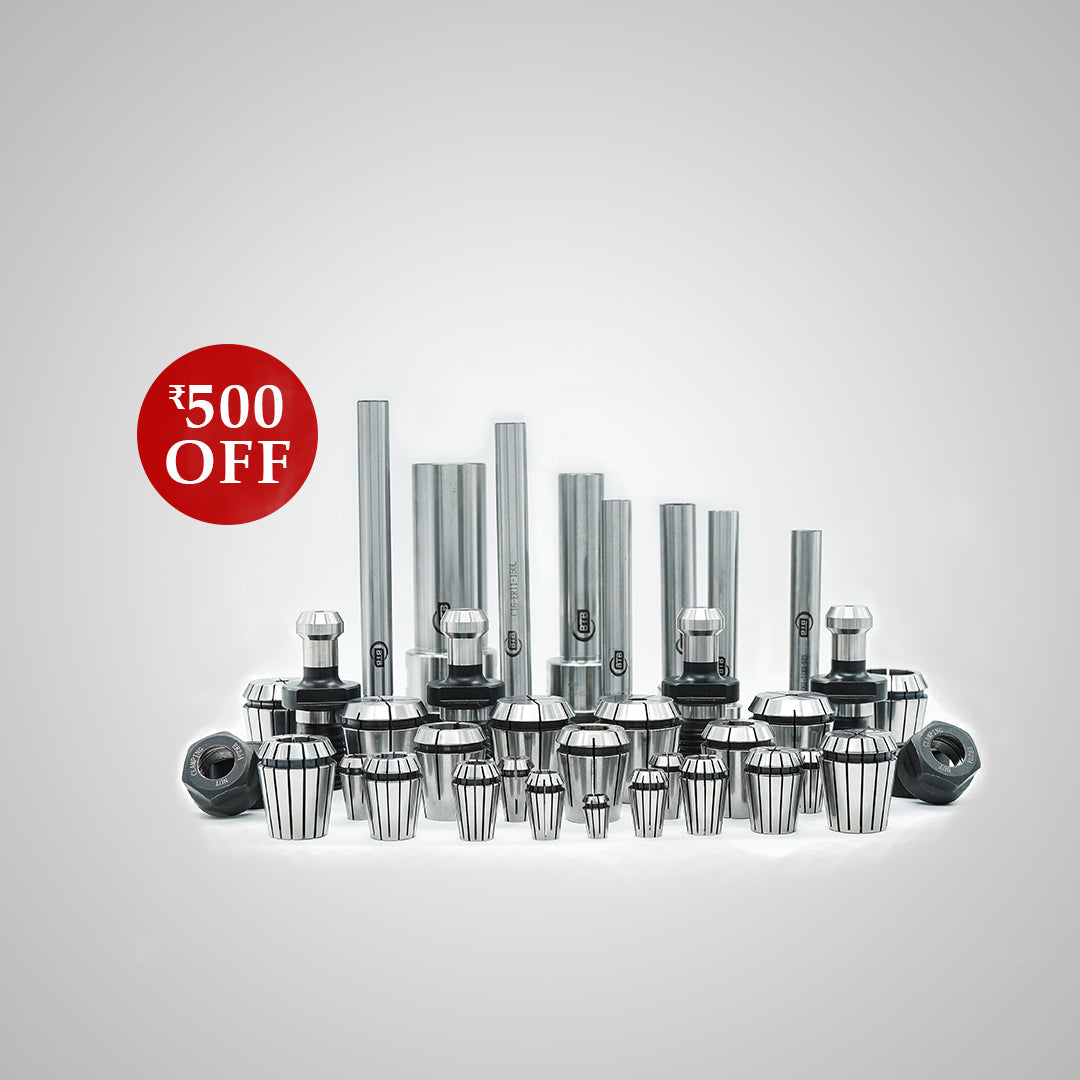Feeds and Speeds in CNC Machining: Chart, Calculator & Optimization Guide

Feeds and Speeds in CNC Machining: Chart, Calculator & Optimization Guide
What Are Feeds and Speeds in CNC Machining?
Getting feeds and speeds wrong is the fastest way to kill your tool or ruin a part.
If you’ve ever broken an endmill or ended up with a poor finish on your CNC part, chances are your feeds and speeds were off. These two factors—spindle speed and feed rate—are the foundation of efficient, accurate, and safe machining. When dialed in correctly, they maximize tool life, surface quality, and machine efficiency.
In this expert-backed guide from Block to Box, we’ll demystify feeds and speeds using real-world examples, charts, and calculator methods tailored for CNC machinists at all levels.
Understanding Speeds
Definition: What Is Spindle Speed (RPM)?
Spindle speed refers to how fast your cutting tool spins, measured in Revolutions Per Minute (RPM). This speed is critical for heat management and chip formation.
Impact on Tool Life and Surface Finish
-
Too fast = tool burns, dulls prematurely
-
Too slow = material rubs, not cuts, poor finish
-
Correct speed = clean cuts, long tool life
How to Calculate Speeds (With Metric Formula)
Formula: RPM = (1000 × Cutting Speed) / (π × Tool Diameter)
Example: For a 10mm carbide endmill cutting aluminum at 300 m/min:
RPM = (1000 × 300) / (3.14 × 10) = ~9550 RPM
Cutting speeds depend on tool material and workpiece.
Understanding Feeds
Definition: What Is Feed Rate (mm/min)?
Feed rate is how fast the tool advances into the material. It’s usually given in millimeters per minute (mm/min) or inches per minute (IPM).
Factors That Influence Feed Rates
-
Tool material and geometry
-
Number of flutes
-
Workpiece material
-
Depth of cut & step over
-
Machine rigidity and spindle power
Feed Per Tooth vs Feed Per Revolution
-
Feed per tooth (Fz) = amount each flute cuts per revolution
-
Feed per rev (Fn) = Fz × number of flutes
Feed Rate = RPM × Number of Flutes × Feed per Tooth
Feeds and Speeds Chart: Quick Reference for Common Materials
|
Material |
Tool Type |
Cutting Speed (m/min) |
Feed per Tooth (mm) |
|
Aluminum |
Carbide Endmill |
250–400 |
0.05–0.15 |
|
Mild Steel |
Carbide Endmill |
60–120 |
0.03–0.08 |
|
Stainless |
Carbide Endmill |
40–80 |
0.02–0.06 |
|
Brass |
Carbide Endmill |
200–300 |
0.05–0.1 |
|
Plastic |
Carbide Endmill |
100–250 |
0.08–0.25 |
Use these as starting points. Always test and adjust.
Endmill Size vs Speed & Feed Recommendations
|
Tool Diameter (mm) |
Aluminum RPM |
Feed (mm/min) |
|
3mm |
25,000 |
1500–2000 |
|
6mm |
18,000 |
2500–3500 |
|
10mm |
12,000 |
4000–5000 |
|
12mm |
10,000 |
4500–6000 |
Note: Smaller tools = higher RPM but lower feed rates.
Feeds and Speeds Calculator (Metric)
How to Use a CNC Calculator
-
Input tool diameter
-
Select material type
-
Enter recommended cutting speed (m/min)
-
Calculator outputs RPM and suggested feed rate based on flute count and feed per tooth
Sample Input & Output
-
Tool Diameter: 6mm
-
Material: Mild Steel
-
Cutting Speed: 80 m/min
-
Flutes: 4
-
Feed per Tooth: 0.05 mm
Output:
-
RPM = (1000 × 80) / (3.14 × 6) ≈ 4240
-
Feed Rate = 4240 × 4 × 0.05 = 848 mm/min
Key Considerations for Selecting Feeds and Speeds
Tool Material & Coating
-
Carbide tools can run faster than HSS
-
TiAlN coatings allow for dry machining at high speeds
Workpiece Material
Soft metals = higher speeds, higher feeds Hard metals = slower speeds, moderate feeds
Machine Capabilities
-
Entry-level CNCs can’t reach 20,000+ RPM
-
Rigid industrial CNCs can handle aggressive feeds
Type of Operation (Roughing vs Finishing)
-
Roughing: Slower RPM, higher depth, faster feed
-
Finishing: Higher RPM, shallow depth, slower feed
Optimizing Feeds and Speeds
Signs You’re Using Incorrect Feeds/Speeds
-
Tool chipping, breaking, or burning
-
Vibration or excessive noise
-
Burrs or rough surface finish
Adjustments for Better Tool Life and Accuracy
-
Increase RPM to reduce chip size
-
Reduce feed rate if tool chatter appears
-
Use coolant or air blast for heat control
Adaptive Machining Strategies
-
Use CAM software with adaptive clearing
-
Maintain consistent tool load
-
Reduce tool deflection with lower step-over
Conclusion: Balance Performance, Tool Life & Surface Finish
Mastering feeds and speeds is not just about numbers—it's about maximizing tool life, part quality, and machining efficiency. Use charts and calculators as starting points, but always test and tweak based on your machine and material.
At Block to Box, we provide not just the tooling, but the knowledge to help machinists get it right the first time. Whether you're milling aluminum, steel, or plastics, our recommended speed/feed data can help you machine smarter.
What is the difference between feed rate and speed in CNC?
Feed rate is how fast the tool moves through the material (mm/min), while speed (RPM) is how fast the tool spins. Both work together to determine chip load and cutting efficiency.
How do I calculate feeds and speeds for milling?
Use this formula:
RPM = (1000 × Cutting Speed) / (π × Tool Diameter)
Feed Rate = RPM × Flutes × Feed per Tooth
Input values based on material, tool, and coating.
Is there a universal feeds and speeds chart?
No. Every material, tool, machine, and setup is different. Charts are just guidelines. Real-world testing and adjustment are always necessary.
What happens if feed rate is too high or too low?
-
Too high: Tool breaks, spindle overloads, poor finish
-
Too low: Tool rubs, overheats, dulls faster
How do I use a feeds and speeds calculator in metric?
Choose a calculator that accepts input in m/min and mm/min. Input cutting speed, tool diameter, flute count, and material to get RPM and feed rate.
Can I use the same speeds for all materials?
No. Each material has its own cutting speed range. Aluminum needs higher speeds; steel requires slower speeds. Using the wrong values leads to tool wear or failure.
How does tool diameter affect feeds and speeds?
Larger diameter = lower RPM needed. Smaller tools need higher RPM but lower feed rates to avoid breakage.
What’s the ideal speed for cutting aluminum?
For carbide tools: 250–400 m/min cutting speed. Match to tool diameter for correct RPM. Use high flute counts and air blast or coolant.
Are feeds and speeds different for roughing vs finishing?
Yes. Roughing requires aggressive feed and depth, lower RPM. Finishing uses lighter passes with higher RPM and smoother feed.
What is chip load and how does it relate to feed rate?
Chip load = feed per tooth. It determines how much material each flute removes. Feed rate = chip load × RPM × number of flutes. Correct chip load prevents tool overload and ensures clean cutting.
Need help dialing in feeds and speeds? Reach out to Block to Box for expert guidance, calculators, and CNC tooling tailored to your workflow.
Read More
-

, by Marketing Team ER Collet Guide: Sizes, Types, Applications & How They Work
-

, by Marketing Team Micrometer Guide: Types, Usage, Reading & Tips for Precision
-

, by Marketing Team CNC Fixture Design Guide | Types, Components & Tips for Machining




